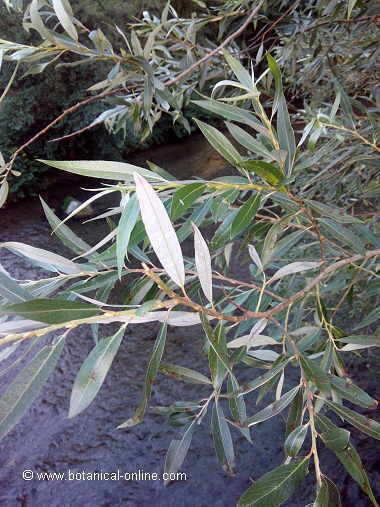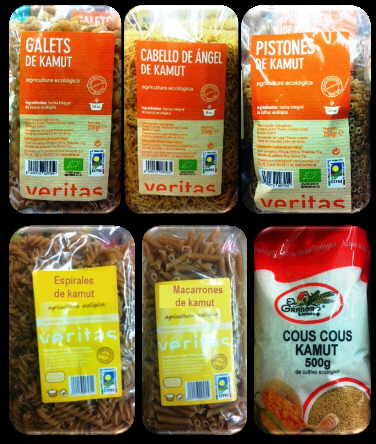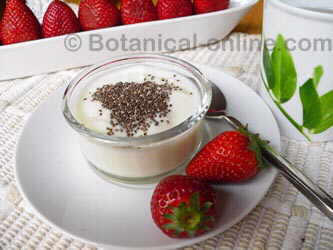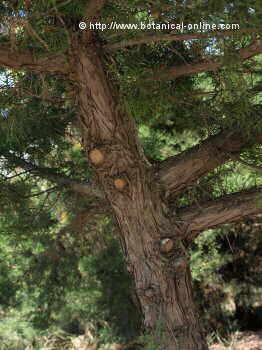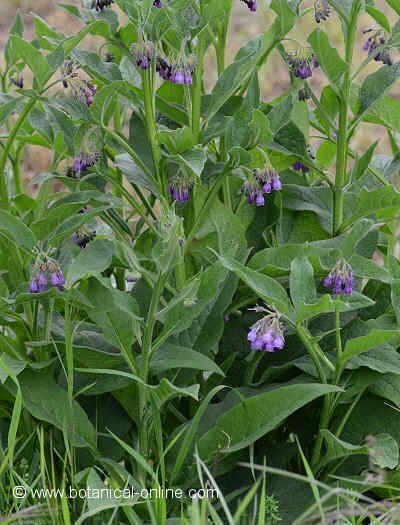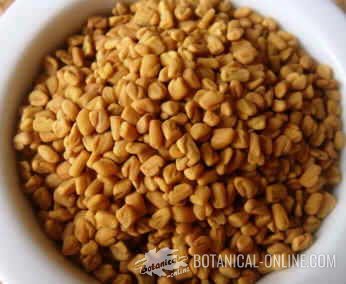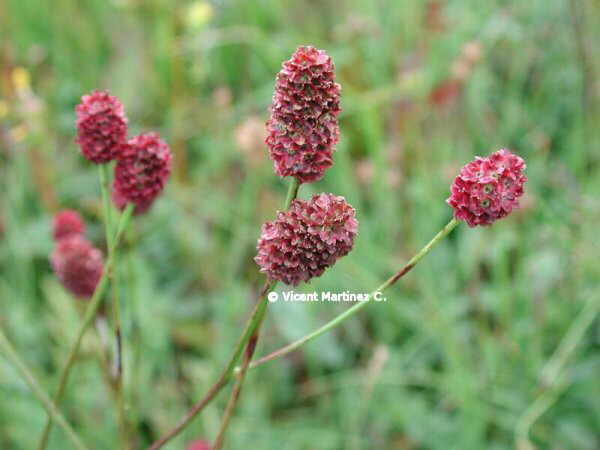Contents
Herbal treatment of puncture wounds
Phytotherapy: Medicinal plants remedies to treat infected puncture wound
The use of herbal medicine in the treatment of punctures will use a number of medicinal plants seeking the following objectives:
– Disinfectant plants with anti microbial properties that protect the body against infection.
– Healing plants to accelerate recovery of tissues.
Among all the plants, we could mention the following ones:
External use medicinal plants for puncture sounds
– Echinacea (Echinacea ssp) (Apply plant juice or tincture of echinacea)
– Comfrey: (Sympytum officinale) (Crush tender root and apply it with a gauze to the affected area)
– Aloe (Aloe vera) (You can use the gel from fresh leaves which is obtained by cutting a sheet with a sharp knife, and squeezing it until the liquid can be applied to the skin.) (Apply aloe gel preparation, available in pharmacies and health food stores to the affected area)
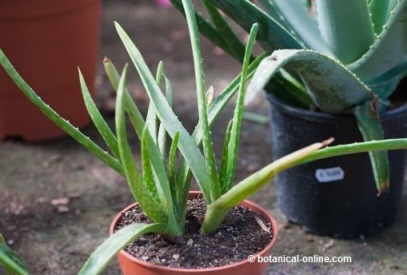
Aloe
– Witch hazel (Hamamelis virginiana) It helps healing, diminishes pain and prevents infection (Apply witch hazel water on the wounds)
– Lavender (Lavandula officinalis) (Wash the affected area with liquid from the infusion for 10 minutes of a teaspoon of dried flowers per cup of water)
– Hyssop (Hyssopus officinalis) (30g. Of flower tops per liter, soak a compress and apply on the wound)
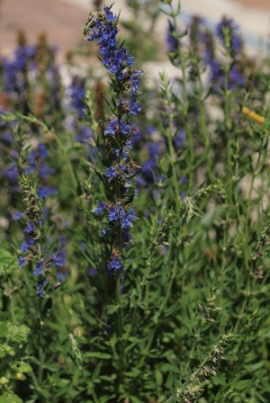
Photo of hyssop plant
– St. John’s wort (Hypericum perforatum) (Wash puncture wound with hypericum oil) – See complete study of the plant to take into account possible side effects.
– Agrimony (Agrimonia eupatoria) Agrimony is an excellent vulnerary for healing wounds, scratches, cuts, punctures, minor burns, and so on. (Crush some fresh leaves and apply them as a compress on the wound)
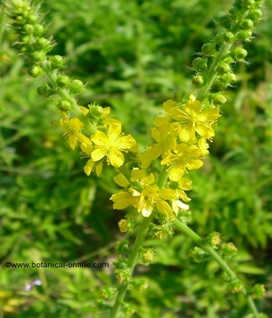
Agrimony
– Chamomile (Matricaria chamomilla) (Apply the liquid from the infusion of one teaspoon of dried flowers per cup of water)
– Sage (Salvia officinalis) (Apply the liquid from the maceration of 20 g of leaves in ¾ liter of water or fresh plant applied on wounds)
– Thyme (Thymus vulgaris) Thyme is one of the best antiseptics, both internal and external use. Wash the puncture with a fully charged infusion of flowering tops three or four times a day)
Related information: cleaning infected wounds.

